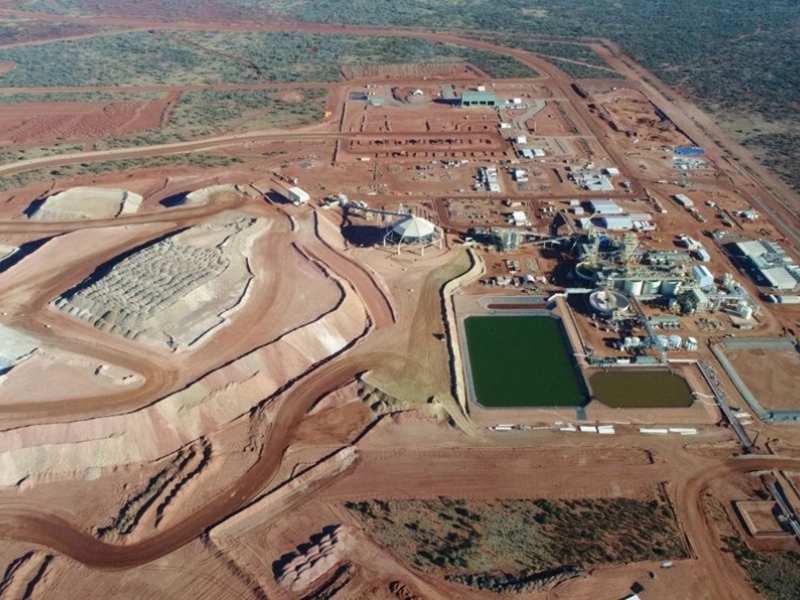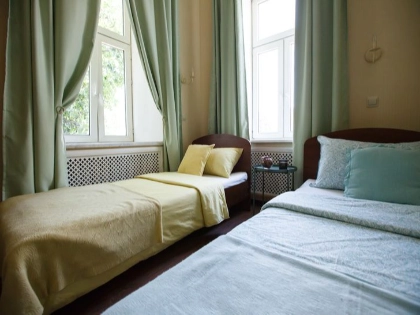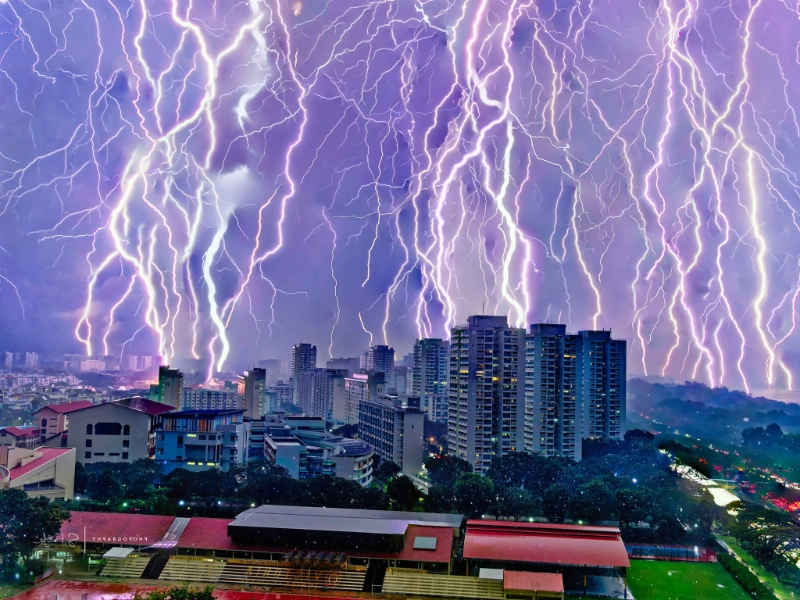Underground Monsters: The Insane Depths of Earth's Deepest Mines Revealed
Advertisement
6. East Rand Mine (South Africa)

Renowned gold mine East Rand Mine in South Africa has been crucial in mining history of the nation. Standing with a depth of roughly 3 kilometres (1.9 miles), it is evidence of South Africa's abundance of gold resources and the mining business's will to extract this valuable metal from ever-deepening depths. Part of the greater East Rand Proprietary Mines (ERPM) complex, the East Rand Mine has been a main source of gold for South Africa for more than a century.
The East Rand Mine's history begins in the late 19th century when gold was first unearthed from the Witwatersrand Basin. The construction of the mine corresponded with the explosive expansion of Johannesburg and the surrounding areas, therefore turning the area into a worldwide gold mining centre. To keep its output and competitiveness in the worldwide gold market over the years, the East Rand Mine has experienced several developments and technological improvements as well as expansion.
The intricate geological structure of the East Rand Mine is among its most outstanding features. Part of the Witwatersrand Supergroup, a sequence of sedimentary strata laid over two billion years ago, the gold-bearing reefs in this region Usually narrow and sharply sloping, these reefs demand for certain mining methods to effectively remove the ore. Using a mix of traditional drill-and-blast techniques and more contemporary mechanised tactics, miners at East Rand have become experts in narrow reef mining.
Rock mechanics and mine safety are seriously challenged by the great depth of the East Rand Mine. The probability of seismic occurrences and rock bursts has grown as mining activities have descended further. The mine uses cutting-edge rock support methods and advanced seismic monitoring systems to help to reduce these hazards. Among these include the employment of yielding support systems capable of absorbing energy from seismic shocks, therefore lowering the risk of tunnel collapses and guaranteeing the miners' safety operating at such deep depths.
Operations at the East Rand Mine depend critically on ventilation and cooling. The virgin rock temperature at depths of three kilometres can rise to 50°C (122°F), thereby posing possibly dangerous working circumstances. To move cool air across the subterranean operations, the mine runs a large network of refrigeration plants and ventilation tunnels. This system guarantees the miners' comfort and safety as well as assists to stop equipment failures connected to heat that can cause disturbance of production.
The East Rand Mine has made rather significant contributions to the national and local economies. At its best, the mine supported several nearby businesses and hired thousands of people. But East Rand has struggled recently with increased operational expenses, labour conflicts, and changing gold prices, just as many deep-level gold mines in South Africa have experienced. These elements have resulted in periods of lower output as well as, occasionally, temporary shut-down of particular bearings.
Notwithstanding these difficulties, the East Rand Mine remains a major feature of South Africa's mining scene. The operators of the mine have made investments in exploration and development initiatives meant to extend its operational lifetime and find new areas containing gold. Operations have also been diversified; one possibility is to collect residual gold and other minerals by reprocessing former mine tailings.
The East Rand Mine has legacy beyond only producing gold. Particularly in the fields of deep-level mining methods, rock engineering, and mineral processing, it has been a site of major technological innovation in the mining sector. Other mines throughout the world have embraced many of the East Rand created technology and methods, therefore advancing mining science and engineering on a worldwide basis.
Advertisement
Recommended Reading:
Hilarious Award-Winning Wildlife Photos Proving Animals Have a Sense of Humor →
You are viewing page 6 of this article. Please continue to page 7
Stay Updated
Actionable growth insights, once a week. No fluff, no spam—unsubscribe anytime.
Advertisement
You May Like

Debunking the 8-Glass Rule: What Experts Want You to Know
07/14/2025

19 Reddit Users Shared Their Best Secrets to Make Life Easier at Home
06/07/2025

Hair Mistakes That Make Women Look Much Older Than They Are
08/25/2025

The Surprising Benefits of Sleeping Next to a Lemon
07/10/2025

Glamorous Unions: Memorable Celebrity Wedding Snippets
08/20/2025

Rare Historical Photos That Reveal the Unknown Past
08/18/2025

9 Amazing Facts About The Blue Lagoon - #6 Will Shock Even Icelanders!
08/01/2025

Apricot Jam: The Taste of Summer Sunshine
07/04/2025

Watermelon Diet: A Delicious Choice for Summer Weight Loss
08/31/2025

These Animals Were Born With Very Unique Markings That Set Them Apart
08/19/2025

10 Incredible Cities That Have Changed Beyond Recognition
06/04/2025

Nature's Perfect Timing: 15 Mind-Blowing Animal Photos You Can't Miss
08/11/2025

10 Unobvious Things to Do as Soon as You Enter Your Hotel Room
06/16/2025

What Will Happen to Your Body If You Start Eating 3 Dates Every Day for a Week
07/27/2025

Owners Were Shocked! The Amazing Changes After Pet Grooming
07/08/2025

14 Unique Cat Breeds That You Don’t See Every Day
08/08/2025

The Best Shot Of A Wild Animal You've Never Seen Before
08/17/2025

Hilarious Award-Winning Wildlife Photos Proving Animals Have a Sense of Humor
08/13/2025

Experience the Thrill of the World's Fastest 10 Cars
07/19/2025

DIY Disasters: When Repairs Go Horribly Wrong
09/04/2025

The Strangest Beauty Pageants Through History
08/19/2025

16 World-Famous Lightning Landmarks: A Must-Visit Pilgrimage
07/28/2025

10+ Captivating Portraits of Women in Uniform
08/26/2025

Exotic Delights: 12 Perfect Tropical Fruits for Fruit Salads
08/12/2025
Comments
CipherFable · 07/31/2025
Nice asymmetry exploitation.
RuneVoyager · 08/08/2025
Feels backlog-ready.
CircuitNomad · 06/11/2025
Gives risk conversations footing.
VelvetCompass · 08/21/2025
Fosters disciplined curiosity.